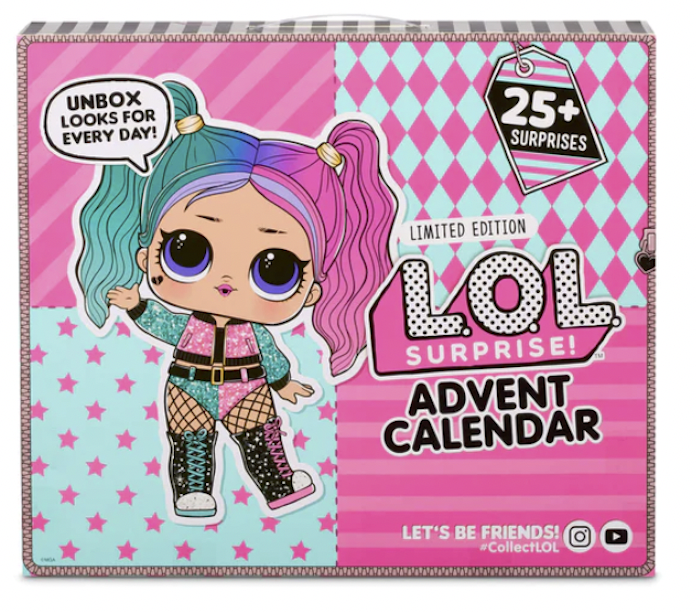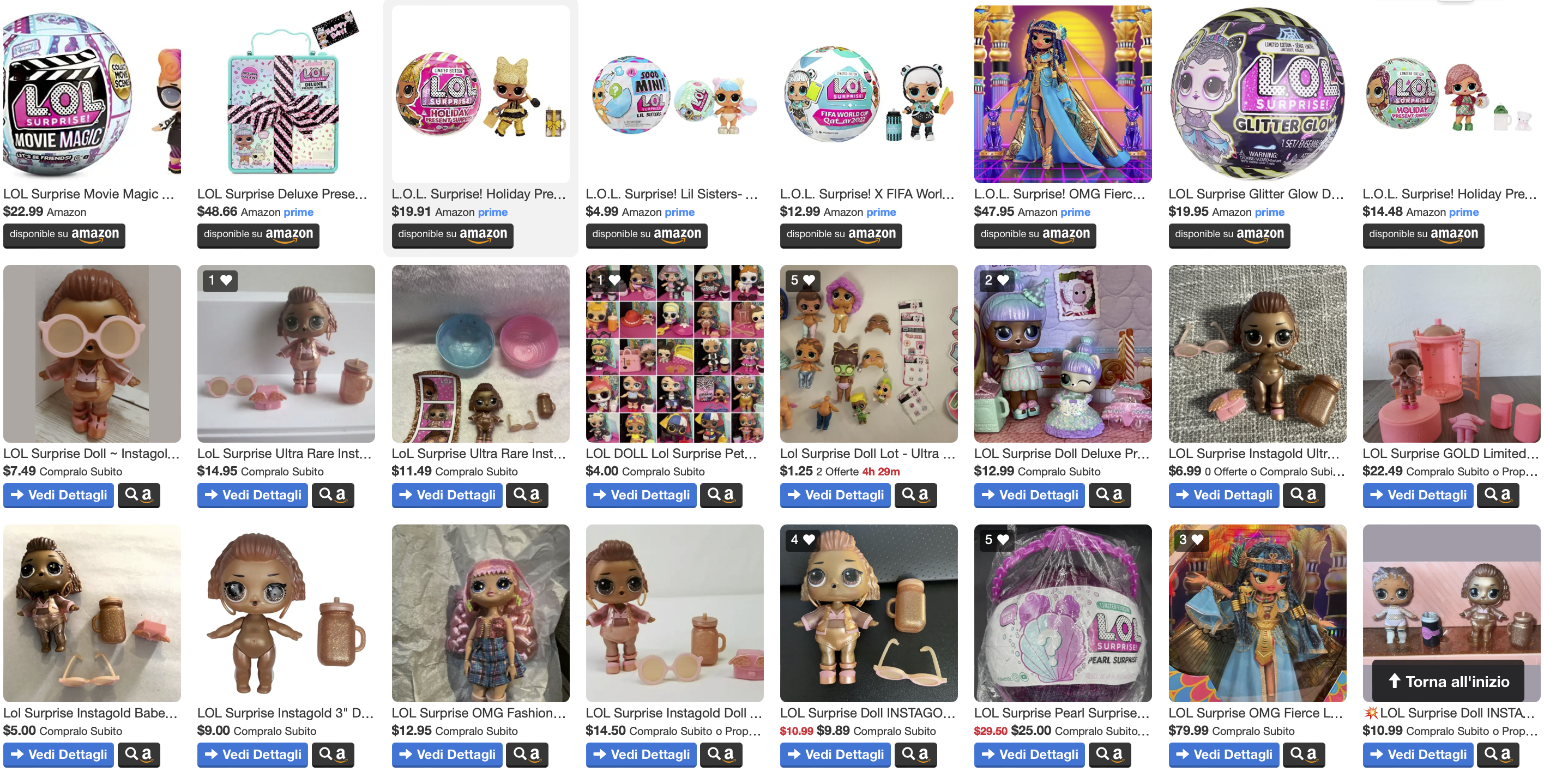

The L.O.L Surprise are limited editions with some being particularly difficult to find. The Ultra-Rare ones are the rarest items. Below Ultra-Rare, there are either Rare, Fancy, and Popular, or Rare and Fabulous editions, each with unique features, accessories, and surprises ( L.O.L. Surprise Wiki Fandom). Although they are available on Amazon and in the stores of the most popular retailers, the rare items are rarely distributed. This strategic distribution approach is part of MGA's overall marketing mix, leveraging the principle of scarcity to drive exclusivity and desirability. Companies strategically use limited editions to attract more consumers.
Various studies have shown that releasing and featuring limited editions have positive effects on consumers, who perceive the product as more special, unique, and valuable (Kim & Kim, 2020).
According to Jang, Morris & Chang, (2015), we can differentiate between two types of limited edition releases. The first is based on quantity and involves the company making an effort to limit the number available of a product. We can differentiate between two types of limited edition releases. The first is based on quantity, where the company makes an effort to limit the number of available products. The second involves offering time-limited deals available for only a short period, such as during the Christmas holidays. Sometimes, limited stock is also due to targeting a specific niche with particular tastes and preferences, thus the limitation is dictated by a brand extension strategy. In any case, these messages constructed on the principle of scarcity contribute to raising the brand's value and attractiveness, generating an impulse purchase response ( Jang et al., 2015).
Owning these limited edition products not only has a positive impact on brand reputation but also has a social effect. For a consumer, possessing these kinds of products means having high status, and wealth, and feeling a sense of belonging to an exclusive social group (Kim & Kim, 2020). Compared to traditional products, limited editions encourage consumers to buy, giving them the psychological and economic satisfaction of having beat another consumer in a kind of "buying race", making them jealous and ultimately contributing to a sense of achievement.

The rise of popular secondhand websites and apps such as Vinted or Amazon has led to an increase in online reselling by many consumers, especially those in their 20s and 30s, as a way to increase their financial income. Among the latter, the sale of limited edition products has become popular, and the size of the global resale market has been estimated to be around $48 trillion by 2020 (Kim & Kim, 2020). In this new open market, the consumer becomes both a buyer and a reseller and plays a more active role in the market, forcing industries and companies to understand these new attitudes and consequently change their distribution and communication strategies.